The Best 5 States for Homeless Youth — and the Worst
07/03/18
By continuing to use our site, you agree to our Privacy Policy and Terms of Use.

Cyndi Lauper's True Colors Fund, in conjunction with the National Law Center on Homelessness & Poverty, recently released the State Index on Youth Homelessness, which evaluates the challenges that the millions of homeless youth and young adults living in the U.S. experience. The index aims to end the cycle of homelessness by recommending tools that prioritize the safety, development, and health of homeless youth to states, advocates, grassroots activists, and even youth themselves.
Distressingly, LGBTQ youth are 120 percent more likely to experience homelessness than non-LGBTQ youth, according to a study done by Chapin Hall at the University of Chicago. The index evaluates 50 states and the District of Columbia in 61 categories, using points up to 100 to determine which states provide the best resources to youth and young adults experiencing homelessness, and which states need the most improvement. Overall, the index reports that youth experiencing homelessness face a hostile environment that is not supportive of their needs, and especially recommends that states prioritize listening to youth voices when drafting legislation and creating better and easier access to education.
Here are what the index found to be the five states doing the best job of combating homelessness among youth, and the five that need to make the biggest changes.
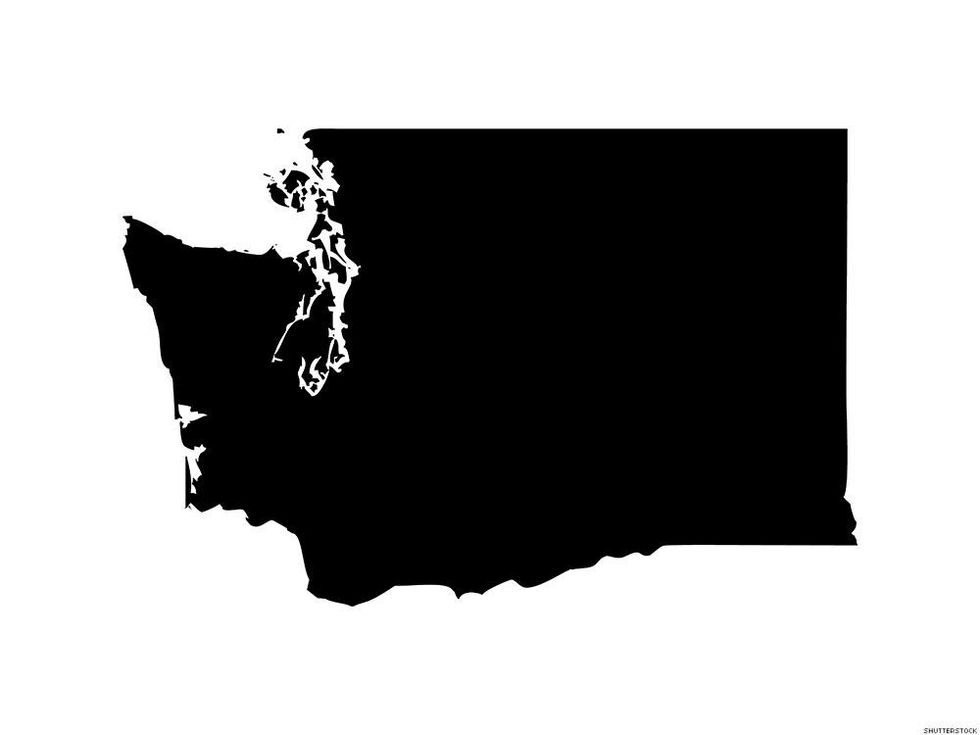
Washington State ranked the highest on the index -- the Evergreen State is particularly notable for meeting the most criteria and recommendations across laws, policies, systems, and environment in the State Index on Youth Homelessness. It is one of the few states to meet over half of the index's criteria and recommendations, with numerous policies in place to safeguard kids from living on the streets. Washington is famously liberal and controlled by Democrats; a lesbian, Jenny Durkan, is mayor of Seattle.
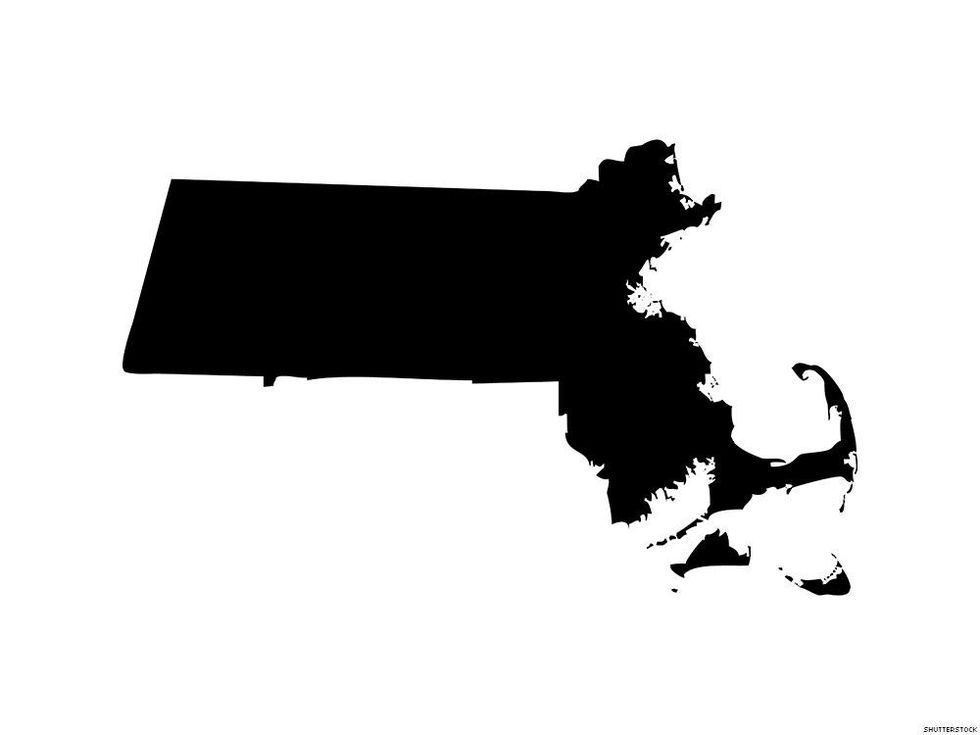
Massachusetts is one of the few states that has a law similar to the federal Runaway and Homeless Youth Act that provides funding for emergency servcies and other supports to prevent and end youth homelessness. Massachusetts has long prided itself on outreach to LGBT people, being the first state with marriage equality. It has also enacted protections for trans people and is moving ahead with a ban on the use of "conversion therapy" on youths. The index says "conversion therapy" is one of the indicators for future homelessness among LGBT young people.

California is notable for having progressive laws and policies that benefit and protect youth experiencing homelessness, as one of the few states that promotes safe and inclusive environments in its runaway and homeless youth programs by providing protections against discrimination based on sexual orientation and gender identity. The state is also known for its welcoming gay meccas, like San Francisco and Los Angeles.
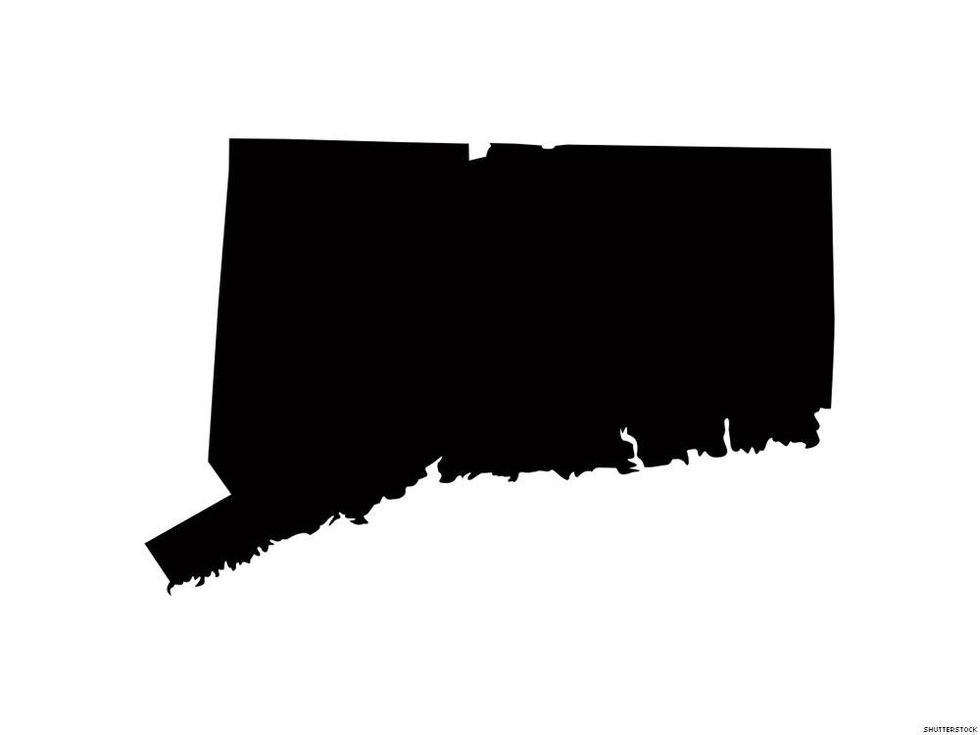
Connecticut is one of only six states that subsidizes child care for eligible minor parents when employment or school is required under Temporary Assistance for Needy Families, a public aid program.
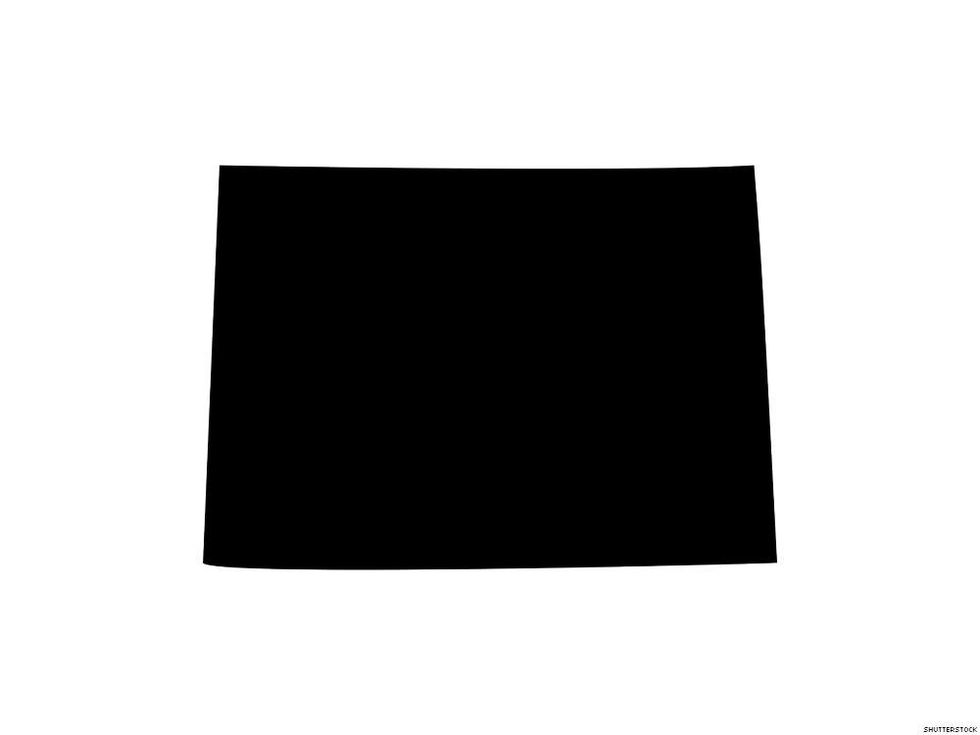
Colorado has one of the best environments to combat youth homelessness, as one of six states to maintain a youth action board or council that informs policy on the issue.
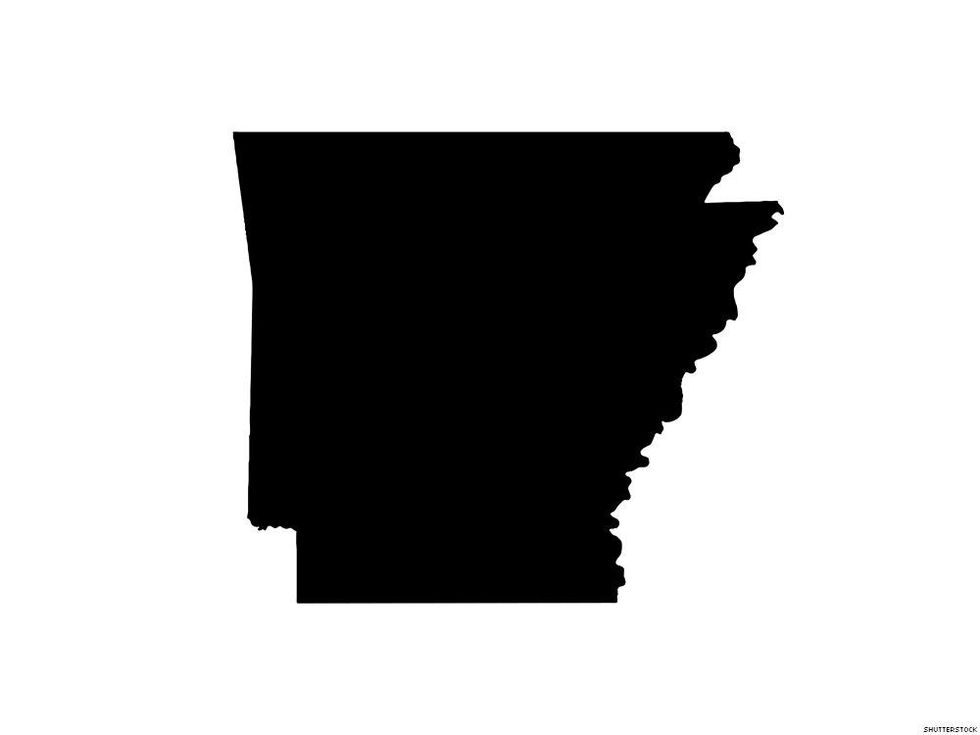
Landing in the bottom five, Arkansas lacks any official plan to end general homelessness and definitely no plan to end youth homelessness.
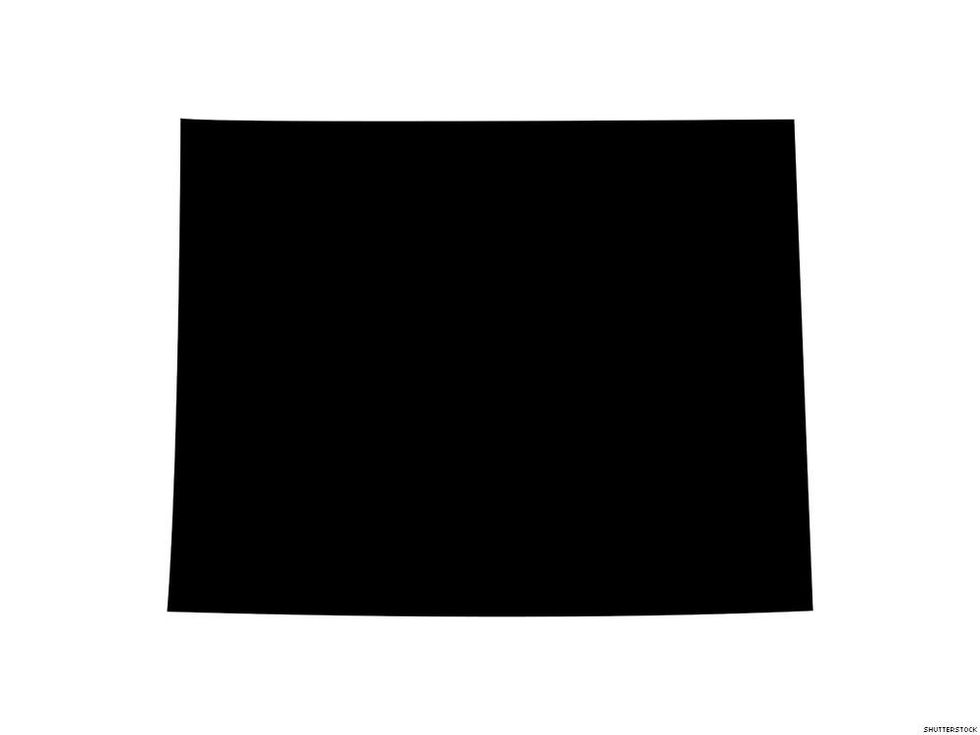
Wyoming came in near the bottom, partly because it does not maintain an interagency council on homelessness.
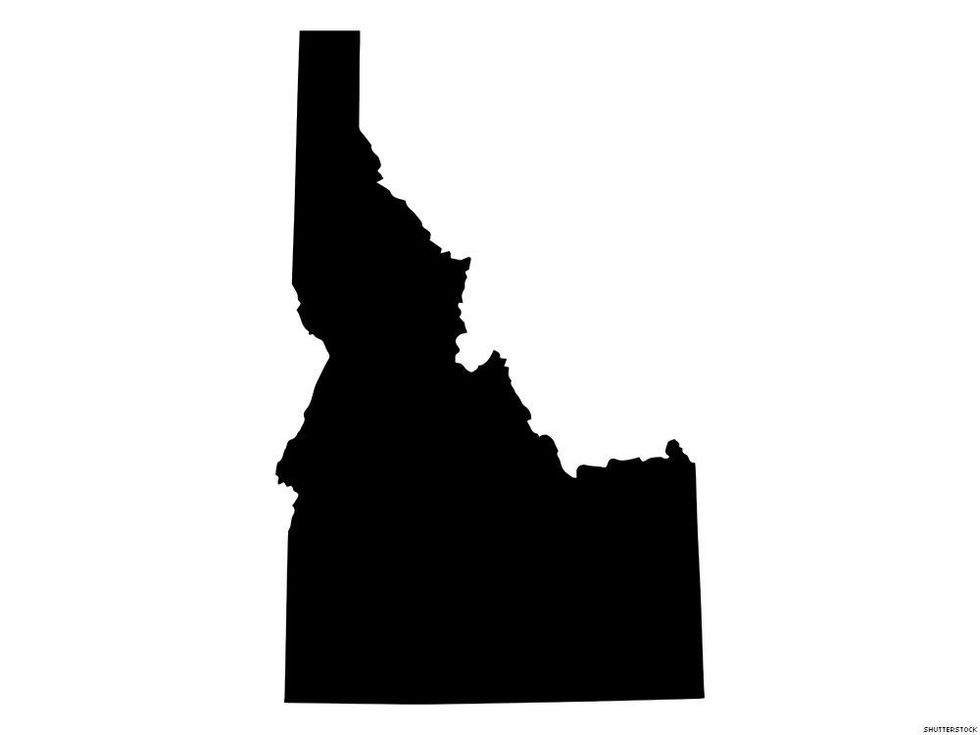
Idaho considers running away a status offense, contributing to its awful rating in the index.
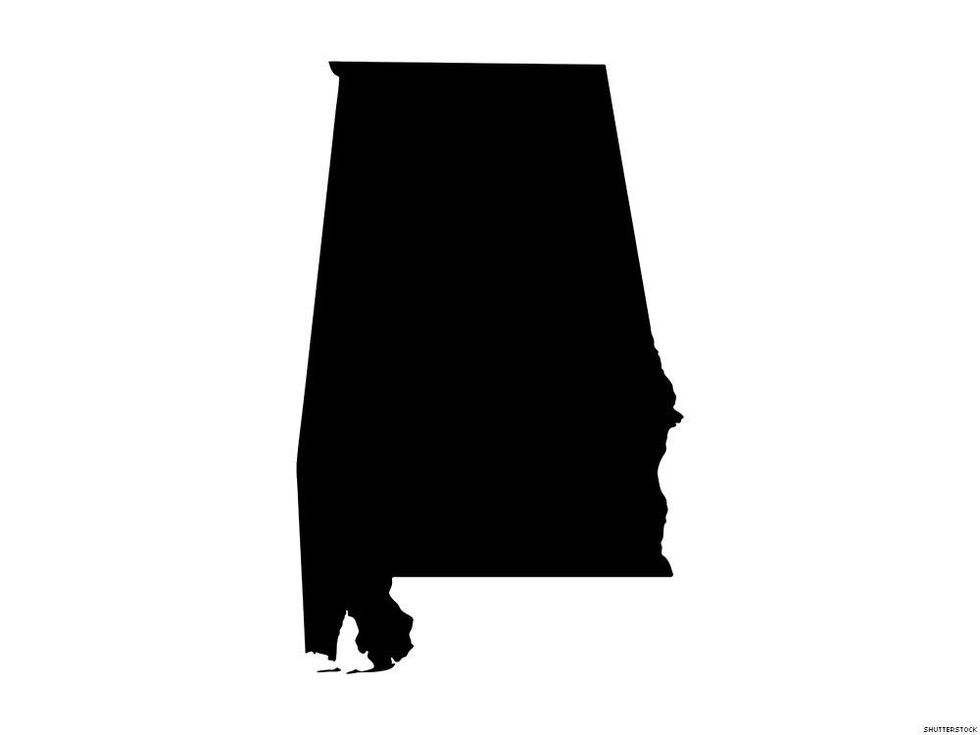
In Alabama, youth experiencing homelessness cannot use Supplemental Nutrition Assistance Program benefits, also known as food stamps, to buy prepared meals when they do not have regular access to a kitchen. This is partly why Alabama tied for the worst state when it comes to youth homelessness services.
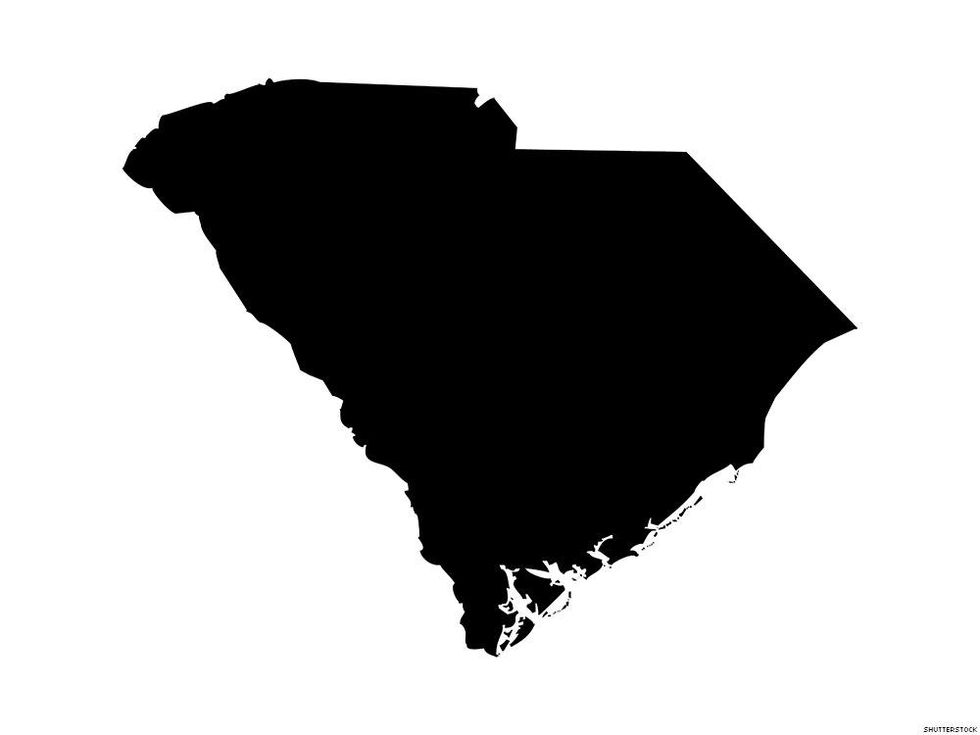
South Carolina classifies truancy as a status offense, helping it land (like a thud) on the absolute bottom on the state index on youth homelessness.